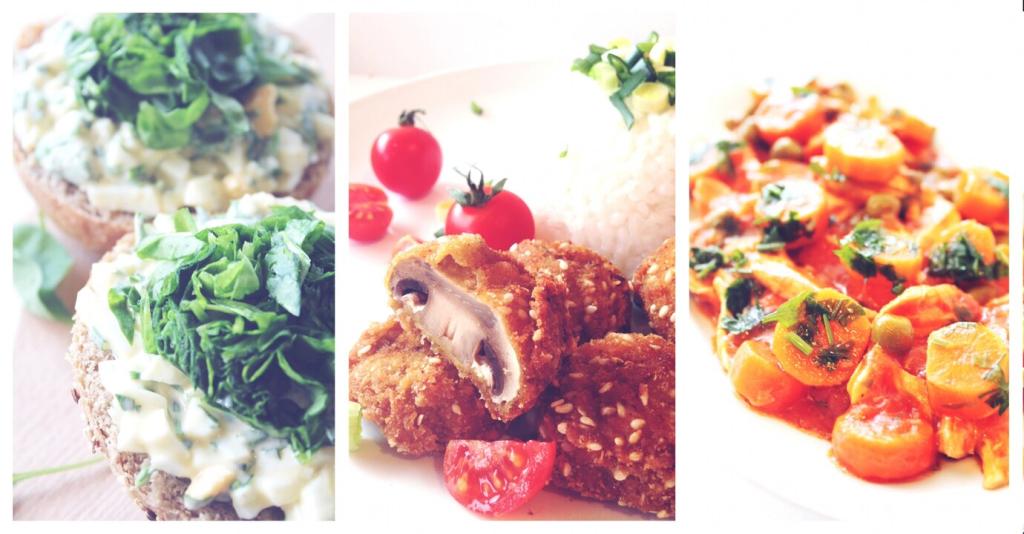Healthy Eating Patterns in Popular Cookbooks
Chosen theme: Healthy Eating Patterns in Popular Cookbooks. Discover how today’s most-loved cookbooks gently reshape our plates—through smart design, joyful flavor, and everyday rituals—so healthy choices feel natural, delicious, and worth sharing. Subscribe to follow new patterns, ideas, and kitchen stories.

How Cookbooks Quietly Shape Everyday Health
From Coffee Table to Kitchen Habit
A well-loved cookbook travels from the living room stack to a splash-stained counter, turning pages into habits. One reader told us their Sunday stew ritual began with a margin note—“double carrots, skip cream”—that became a weekly, healthier tradition.
Author Voice as a Gentle Coach
When authors write like trusted friends, we listen. Warm headnotes suggest swaps, shortcuts, and forgiving measurements, reducing anxiety and waste. That conversational tone nudges us to try whole grains, add greens, and celebrate progress rather than perfection.
Design That Nudges Better Choices
Icons for fiber, color-coded produce, and side-by-side prep timelines quietly guide choices. Big, bright photos of beans, greens, and grains normalize healthy plates, while shopping lists steer carts toward staples that make nutritious eating faster on hectic nights.

Patterns on the Page: Mediterranean, Plant-Forward, and Flexitarian
Olive oil, legumes, fish, and herbs appear in approachable formats—tray bakes, one-pot soups, and hearty salads. By anchoring meals in beans and vegetables, these books offer heart-friendly balance without sacrifice, and readers report feeling satisfied, not restricted.

Sugar, Salt, and Fat: Quiet Reductions That Taste Big
Citrus, vinegars, and chiles brighten dishes so you need less salt and sugar. Cookbook sidebars suggest finishing with lemon zest or a splash of sherry vinegar, transforming simple beans or greens into vibrant plates that feel restaurant-level at home.
Sugar, Salt, and Fat: Quiet Reductions That Taste Big
Recipes lean on unsalted broths, aromatic toasting, and herb-infused oils, then finish with a pinch of flaky salt for maximum impact. This timing trick amplifies perception of saltiness, meaning you can use less overall and still feel deeply satisfied.


Implicit Portions Through Yield and Plate Photos
When recipes serve four and show plates loaded with vegetables, we internalize scale without measuring. Visual cues—smaller bowls for grains, big platters of salad—make balance obvious, encouraging seconds of greens instead of doubling dense sides.
Simple Templates That Remove Guesswork
Templates like “half veggies, quarter protein, quarter whole grains” appear as charts or notes. Cookbooks translate them into real meals—bulgur with lemony chickpeas, salmon, and a heap of herbs—so readers can improvise confidently with whatever’s on hand.
Batch-Cooking as a Health Anchor
Guides for cooking big pots of beans, roasting trays of vegetables, and freezing whole-grain pilafs create fast building blocks. With components ready, weeknight portions naturally right-size, reducing impulse takeout and keeping energy steady through busy schedules.
Shopping Lists and the Modern Pantry
01
Core Staples that Earn Their Shelf Space
Canned tomatoes, chickpeas, farro, oats, tahini, nuts, frozen peas, and olive oil show up across chapters. With these on hand, fast, nourishing meals appear from thin air—think tomato-chickpea stew or tahini-dressed grain bowls—no special trip required.
02
Seasonality Without Stress
Seasonal charts suggest swaps—spinach for chard, canned artichokes for fresh—keeping recipes flexible and budget-friendly. This mindset reduces waste and celebrates variety, so readers cook what looks best, not what a narrow ingredient list demands.
03
Label Literacy in Real Life
Margin notes explain whole-grain terms, sodium ranges, and added sugar cues. They demystify front-of-pack claims, empowering readers to choose practical options rather than perfect ones, and to celebrate small upgrades that accumulate into meaningful change.
Sustainability and Health, Served Together
Recipes use stems for pesto, stale bread for soups, and wilted greens for fritters. These thrifty moves cut waste, save money, and add texture, turning the crisper drawer into a creativity challenge rather than a weekly guilt trip.
Guidance favors smaller, oily fish, mussels, and local options where available. By spotlighting sustainability notes alongside cooking times, books make better choices easy, while still prioritizing flavor through simple broils, citrus, and herb-packed sauces.
Authors pair local produce with global spices—sumac on roasted carrots, harissa in bean stews—proving healthy cooking is vibrant and culturally rich. Readers learn to build big flavor with small amounts, creating meals that feel both fresh and familiar.

Join the Conversation and Shape Future Chapters
Which cookbook note, headword, or pantry tip made healthy eating stick for you? Share your story so others can borrow your breakthroughs and we can feature your ideas in upcoming pattern spotlights.


Join the Conversation and Shape Future Chapters
Get concise breakdowns of emerging cookbook trends—new pantry heroes, smarter prep flows, and flavor-forward reductions. Subscribe to stay inspired, and reply with themes you want us to explore next.
